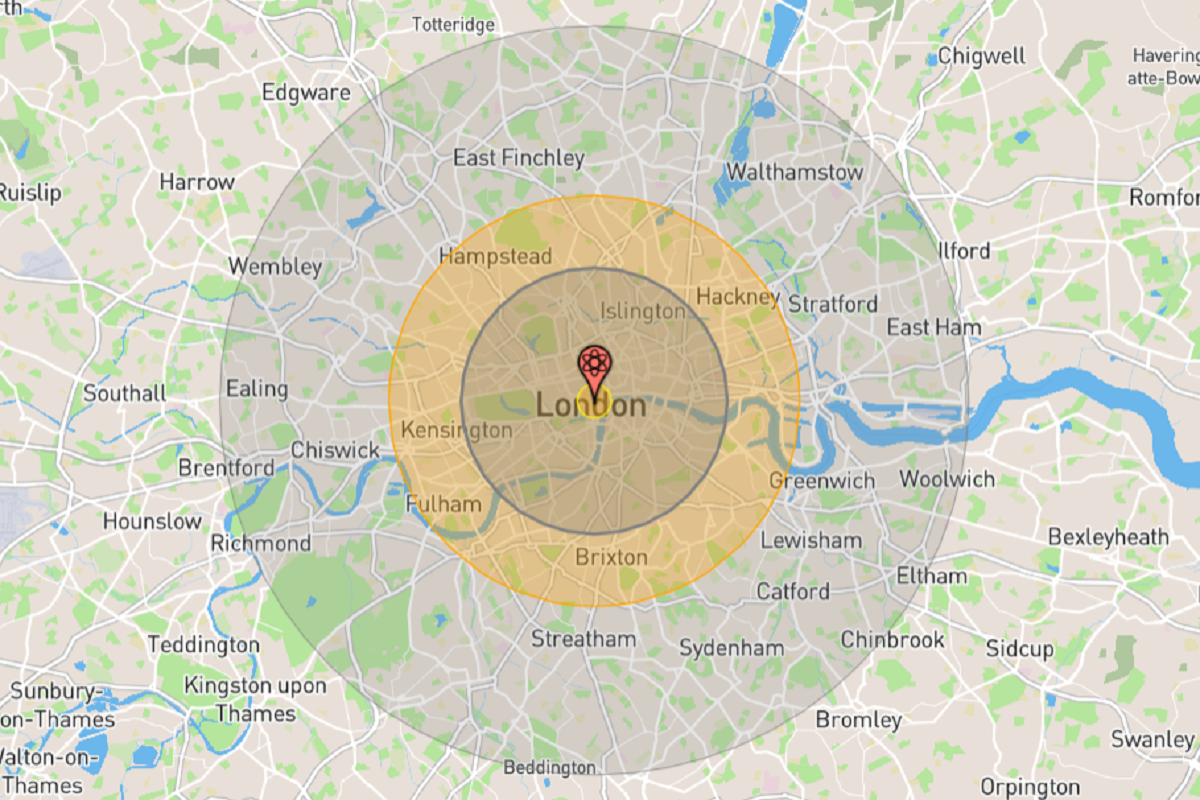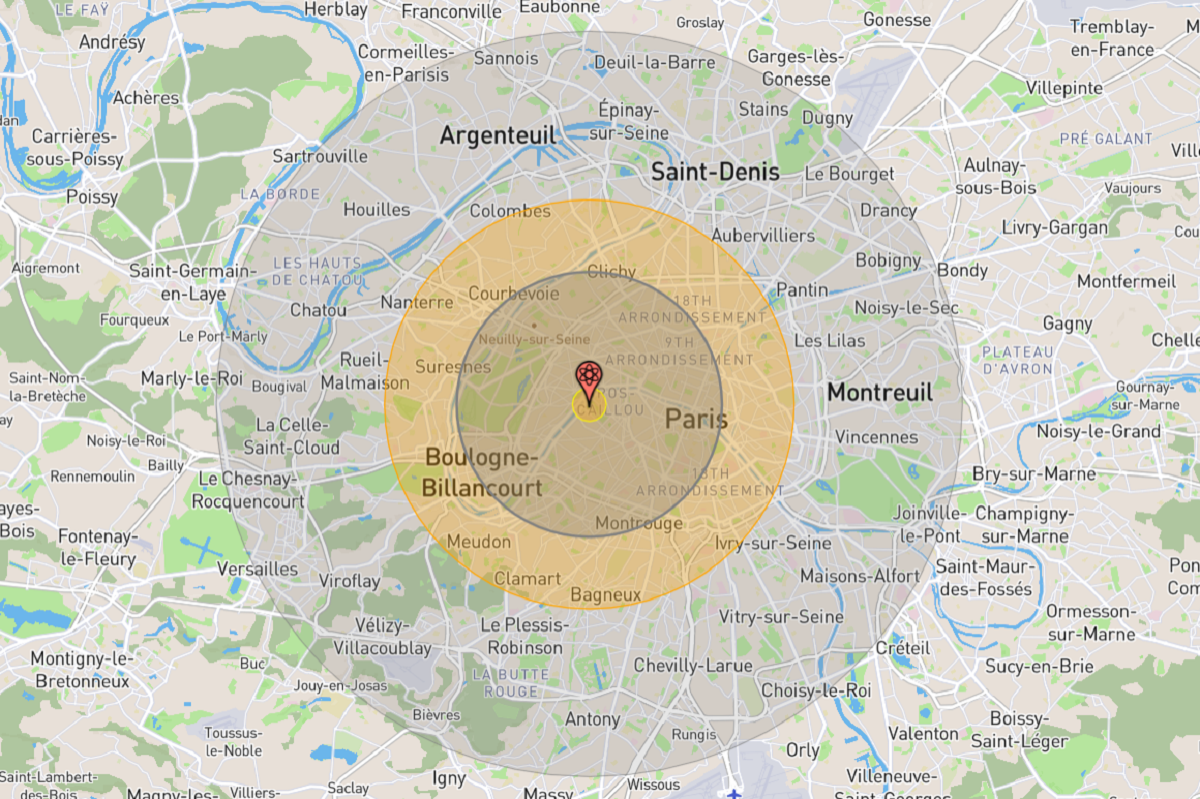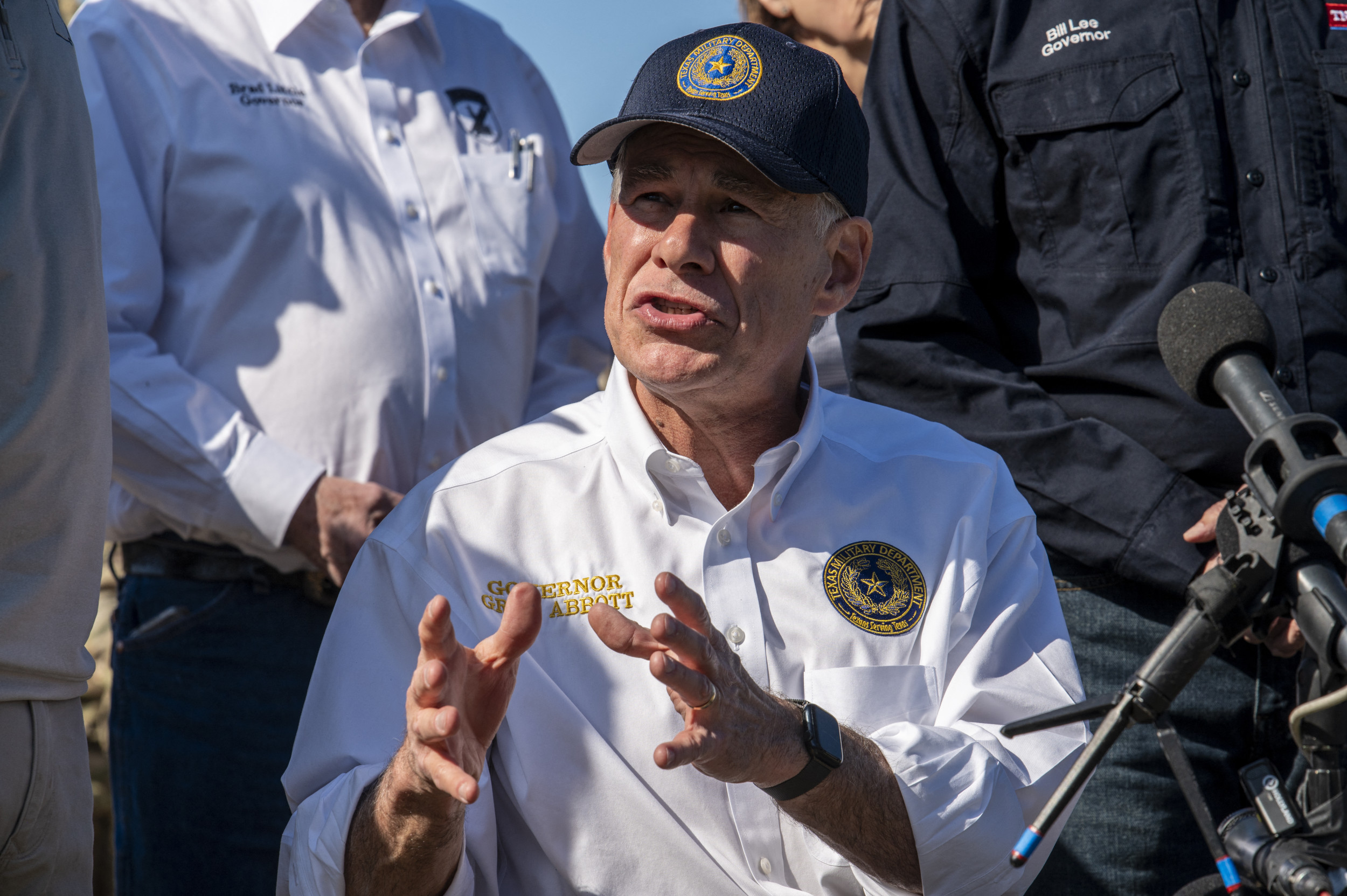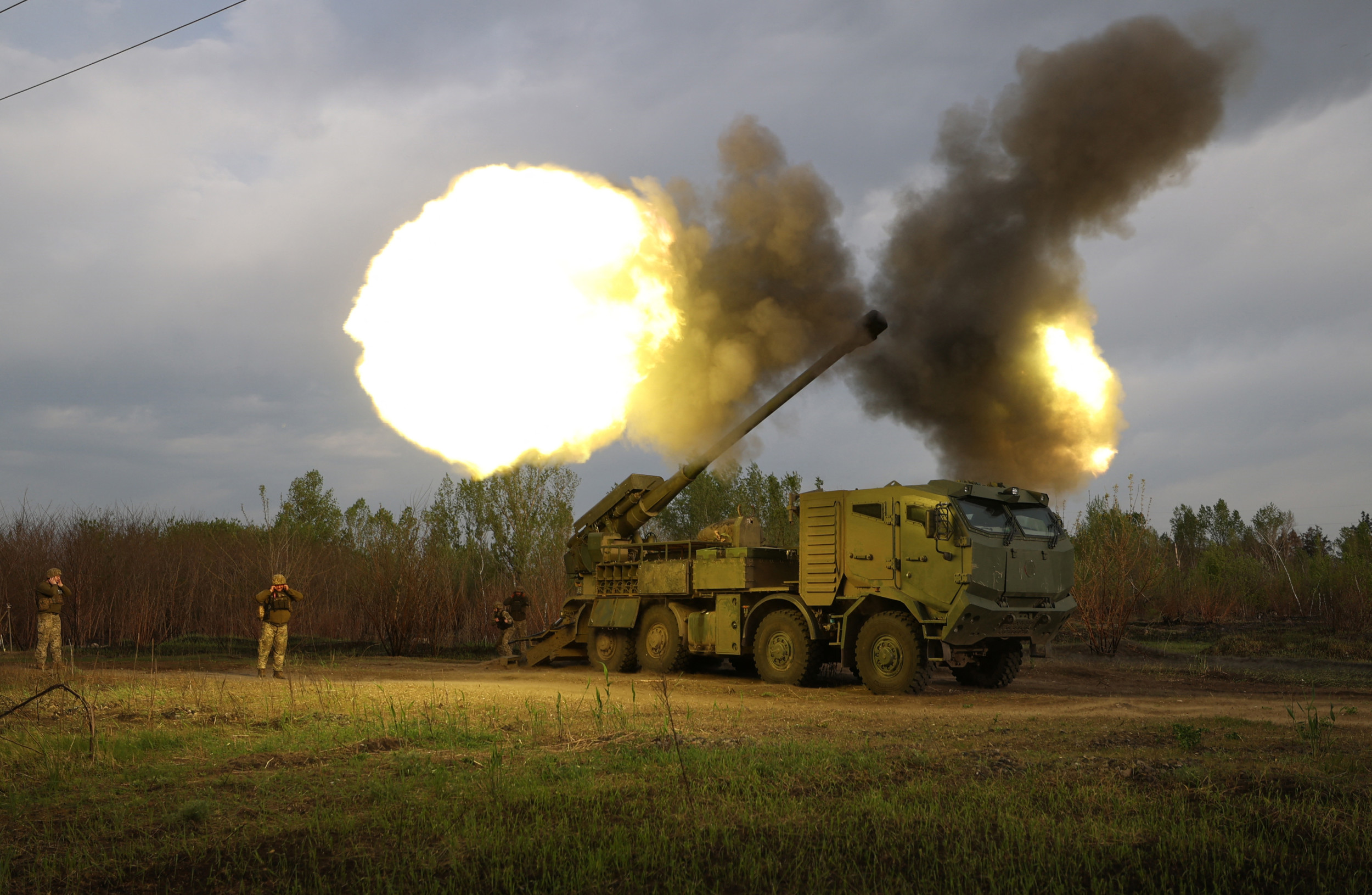Modelling of what a new nuclear warhead being developed by the United States military would do to cities around the world shows that, while far from the largest ever built, it would be capable of killing hundreds of thousands of people with a single detonation.
The Department of Defense (DOD) announced last week that it was developing a new variant of the B61 gravity bomb, which was among a series of weapons first produced in the 1960s during the Cold War nuclear arms race between the U.S. and the Soviet Union.
The B61-13 is intended to "strengthen deterrence of adversaries and assurance of allies" by providing the Biden administration "with additional options against certain harder and large-area military targets," the Pentagon said in a statement.
Officials added that the bomb variant is intended to be capable of an explosive yield similar to an older model, the B61-7, which the U.S. still has in its arsenal and of which 600 are estimated to have been produced. That warhead has a yield equivalent to 340 kilotons of TNT—around 23 times the destructive power of the one dropped on Hiroshima, Japan, at the end of World War II.

While it is far from the most powerful nuclear bomb in America's arsenal, modelling of the impact it would have on major cities shows it would still bring widespread death and destruction if ever detonated.
Maps produced by Alex Wellerstein, a professor and historian of nuclear technology, show that if detonated over central London, the B61-7 would engulf an area from famous landmarks Downing Street to Somerset House in a fireball, which would effectively vaporize anything within it.
The main blast radius would cover the entirety of the city center, with near total destruction of buildings from Kensington to the East End. Those in an approximately three square mile radius from the blast would experience third-degree burns. Over 567,000 people would die and nearly 1.6 million would suffer injuries.
If discharged over Paris, the Eiffel Tower would be vaporized while the Élysée Palace, the Arc de Triomphe and the Louvre would likely be rubble. A blast radius would extend over the entire city and into the suburbs, with the level of damage to buildings and people falling the further away from the epicenter.
Over 1 million people would die, while 2.1 million would sustain injuries.

If the B61-7 detonated over Tokyo's municipal government building, the blast radius would cover most of the sprawling city's center. Third degree burns would be seen as far as the Japanese capital's port. In addition, more than 780,000 would die and a further 2.8 million would be injured.

If it were dropped on Beijing's Tiananmen Square, China's memorial for Chairman Mao would evaporate, while its Forbidden City and Temple of Eternal Peace would likely be completely destroyed.
Meanwhile, a blast radius would cover most of the city. Nearly 764,000 would die and a further 2.2 million would be injured.

While the death toll of a blast over Berlin would be relatively low compared to elsewhere—382,000 people, with a further million injured—the iconic Brandenburg Gate would be vaporized while the Reichstag and Chancellery would be destroyed.
A blast radius would extend to the city limits, while those in a three square mile radius of its center would suffer third degree burns.
The Biden administration has said that the new weapon will not add to the total number of nuclear weapons in the U.S. stockpile, but will instead replace some of the warheads it is also producing of a newer model, the B61-12.
At 50 kilotons, the B61-12 has a far smaller yield than its larger-scale cousins, and was designed for tactical or strategic strikes, while the B61-7 and its successor are intended primarily as nuclear deterrents.
The Federation of American Scientists (FAS), a group dedicated to reducing nuclear weapons, described the B61-13 as "a political nuclear bomb."
In a report published just after the announcement of the bomb, the group argued that the development was likely "a political maneuver to finally get rid of the B83-1" and that "the military doesn't need an additional, more powerful gravity bomb."

Uncommon Knowledge
Newsweek is committed to challenging conventional wisdom and finding connections in the search for common ground.
Newsweek is committed to challenging conventional wisdom and finding connections in the search for common ground.
About the writer
Aleks Phillips is a Newsweek U.S. News Reporter based in London. His focus is on U.S. politics and the environment. ... Read more
To read how Newsweek uses AI as a newsroom tool, Click here.






